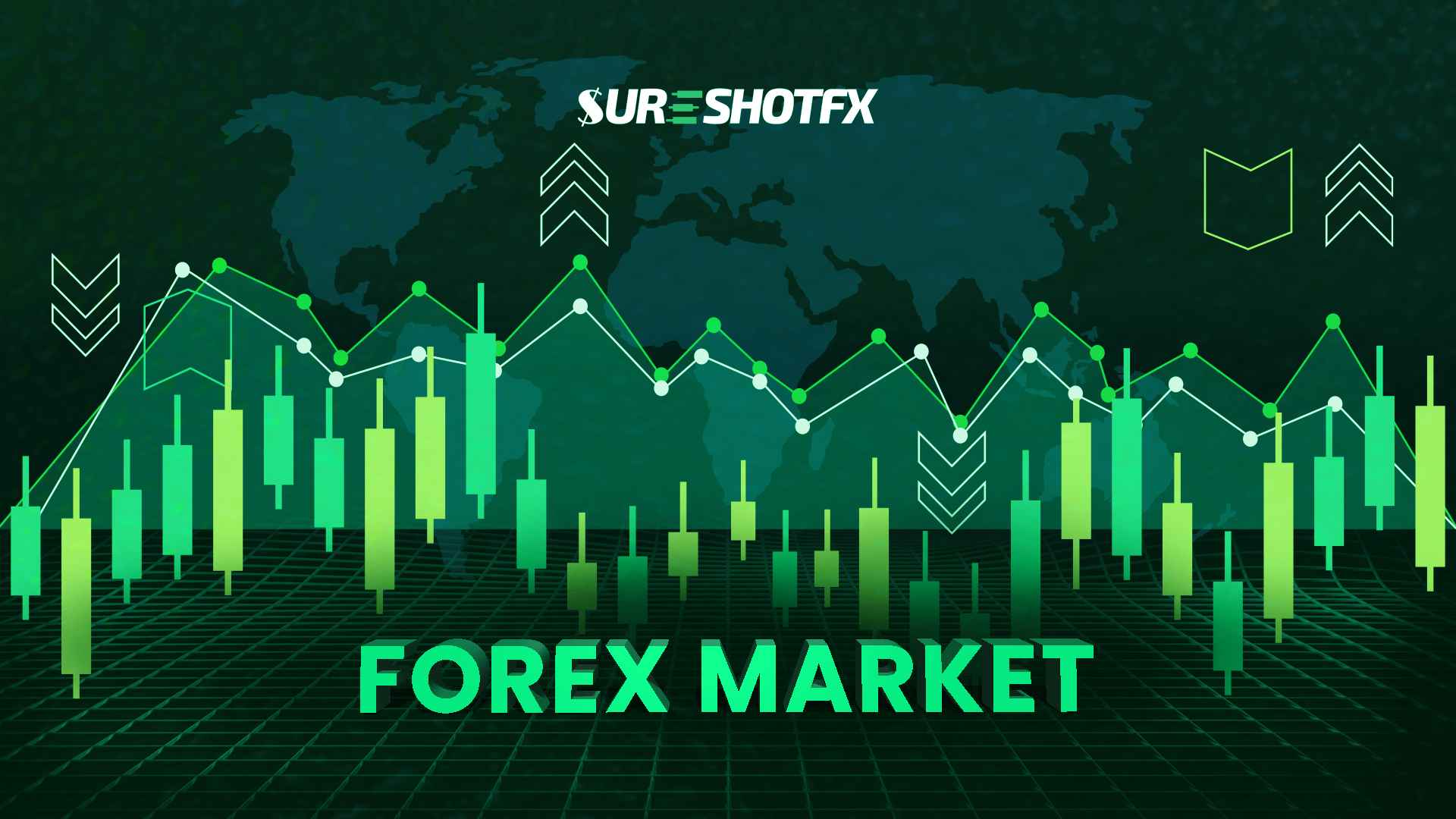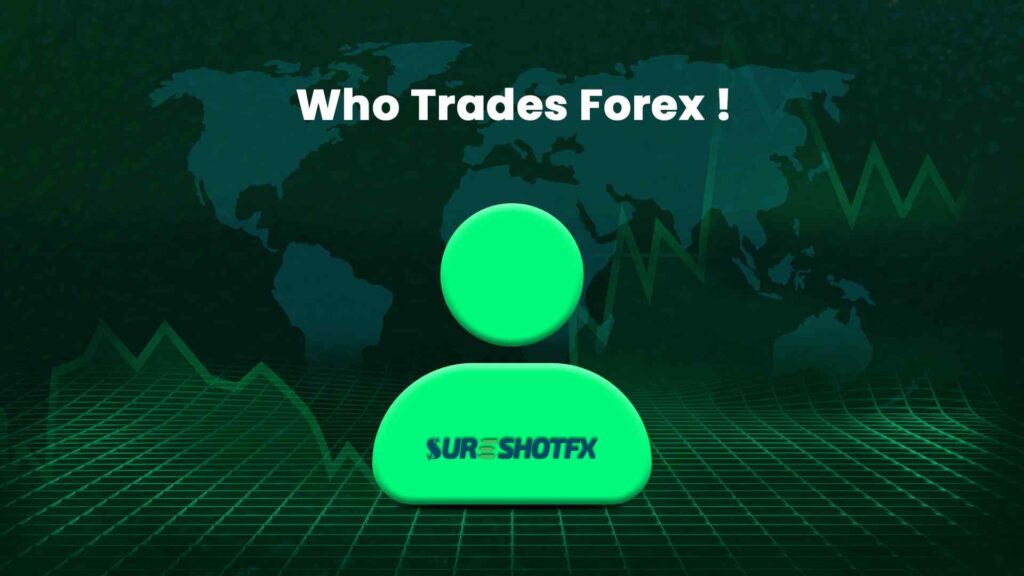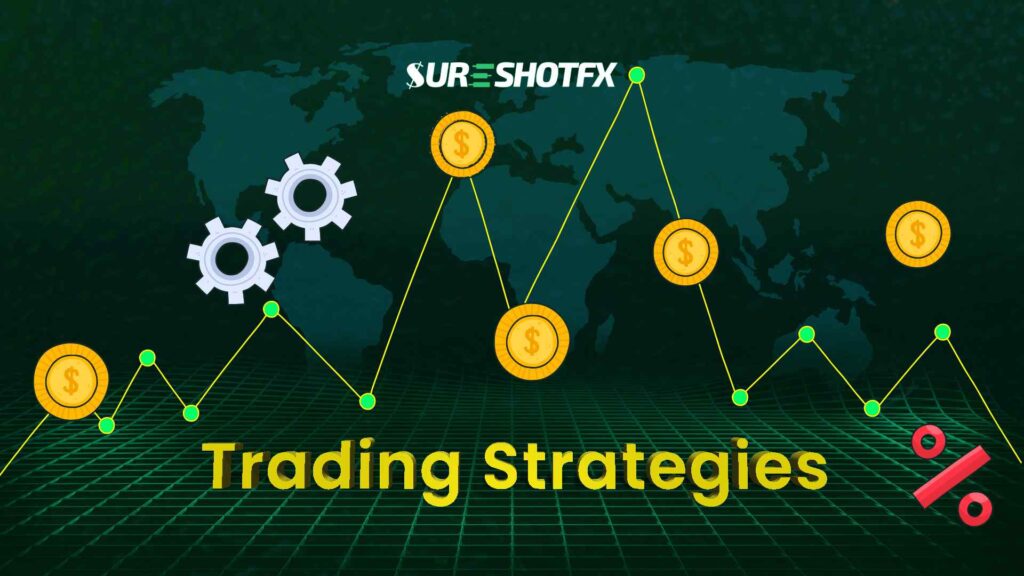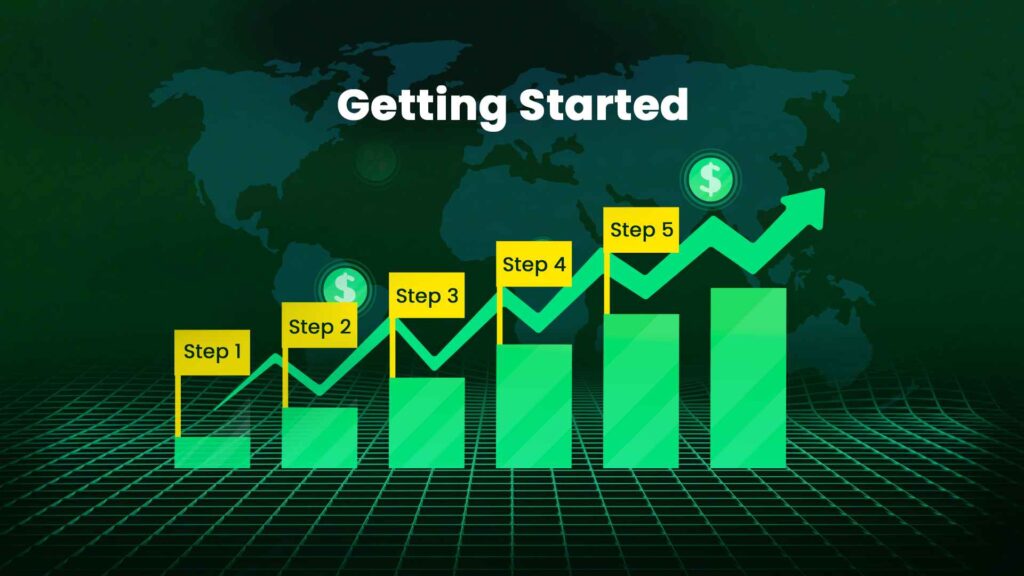FOREX Market 101: A Basic Guide To FOREX Trading 2026

Well, as you clicked on this article let’s assume you know what FOREX Trading is but are not quite sure where to get started from and you need a basic guide to FOREX trading. Fear not, as this article will break things in simple terms so even fifth graders can also learn the basics of FOREX Trading.
With this article you will learn what FOREX Trading is, How it works, who its traders are, and key strategies to get started to our expert guidance to become successful in the Forex market.
What is the Forex Market?
So, first things first, what exactly is the FOREX Market? FOREX or Foreign Exchange Market is where the currencies are bought and sold. Here currencies from different countries are traded.
Being the largest financial market in the world with around 6.6 trillion dollars traded daily. Yes, DAILY! And timing? It’s open 24 hours a day, 5 days a week so people from all over the world trade currencies. Forex trading happens between central banks, investment firms, commercial companies, and individual traders. Well, it’s the FOREX Market for you.

Who Trades Forex?
Your very next question may be “Who trades in FOREX?”. Well, unbelievably loads of people do. From Banks to financial institutions, corporations, and even individual traders like you and me.
Let’s be real, anyone having an internet connection can access and trade in this market, so can you really count the numbers? And why do they trade? Well, making profits is the first priority with hedging profits against market fluctuations or just keeping things cool.
What is an Online Forex Broker?
Since forex is decentralized (no single exchange), you need a broker to access pricing and execute trades. Online brokers connect traders to the forex market via trading platforms and apps.
How Does Forex Trading Work?
As mentioned earlier FOREX Trading is all about buying one currency and selling for another one at the same time. And these two currencies form a currency pair. Let’s assume you think the euro will strengthen against the dollar and the next thing you do is to buy a EUR/USD pair.
If your assumption is right, you will get profits but a wrong assumption will get you nothing but losses. Forex trading also involves leverage, which allows you to trade larger amounts with a smaller deposit. But be careful, as leverage can amplify both gains and losses.
Can You Give Me More Heads Up On Currency Pairs?
- Major Currency Pairs: These involve the most traded currencies, like EUR/USD, GBP/USD, and USD/JPY. They’re known for their liquidity and lower spreads. In most cases involves the U.S. dollar and currencies like Euro, Yen, and Pound.
- Minor Currency Pairs: These pairs don’t include the US dollar but involve other major currencies like EUR/GBP, GBP/JPY, and EUR/AUD.
- Exotic Currency Pairs: These involve one major currency and one less common currency, like USD/TRY (US Dollar/Turkish Lira). They have higher spreads and are less liquid. Example: USD/SEK, GBP/ZAR
The Bid Ask Price & Spreads
In every trading, there is one bid price and the asking price and the FOREX Market is no different. The bid price is what you can sell a currency for whereas the ask price is what you can actually buy for. And the difference between them is known as spread.
Let’s assume your same EUR/USD pair has a bid price of 1.1000 and the ask price is 1.1002. So in that case the spread is 2 pips (a pip is a tiny measure of change in a currency pair). Lower spreads mean lower trading costs, which is why choosing a broker with competitive spreads is important.

Popular FOREX Trading Strategies
- Day Trading: Forex day trading strategy involves buying and selling currency within a single day. Fast-paced and exciting but not recommended for beginners. Opening and closing multiple positions within a day.
- Swing Trading: Holding trades for days or weeks to catch larger price movements. It can be a good way to start for beginners.
- Position Trading: Taking positions for months to profit from long-term forex trends. Sometimes, it’s the same as swing trading.
- Scalping: Trying to profit from small, frequent, and tiny price changes.
Undoubtedly each strategy has its own pros and cons, so it’s good to try them out and see what works best for you.

How to Get Started with Forex:
- Educate Yourself: Don’t just start trading rather start by learning the FOREX Basics, learn how the market works, and what makes the currencies move. Don’t just rush making profits being unprepared.
- Choose a Broker: Search for traders who are regulated, have tight spreads, and have quality educational opportunities.
- Open an Account: Try going for a demo account first. Here you can trade without risking real money.
- Develop a Plan: First make a plan based on your goals, risk tolerance, and strategies. Having a plan will keep you on track.
- Start Trading: Just when you think you are all prepared to rock and roll you can start trading for small sizes.
From a basic guide to forex trading to a completely free forex course can enhance a clear view on forex and grow your expertise.
FAQs

For beginners, forex can seem harder due to leverage, around-the-clock trading, forex day trading, and lack of centralized exchanges. But it’s straightforward with the right education.
While some brokers have $500 minimums, most recommend starting with at least $1,000 to properly implement risk management.
Yes, with small account sizes and free demo accounts, forex provides a great environment to learn trading basics.
While forex trading carries risk, those who take the time to get properly educated and follow a disciplined trading plan can make consistent profits.
Yes, you can start trading in the Forex Market with $10.
Yes, it is profitable. However, whether you get profit or not depends on your trading skills and strategy.
Yes, it is. Just like other financial markets, it has some risks as traders invest a vast amount of money in this market.
Forex means Foreign exchange. It is a global market where traders exchange foreign currency pairs to get financial benefits.
Yes, it is legal.



It’s great that you’re taking the first step into the world of Forex trading! It can definitely seem complicated at first, but breaking it down into simple terms makes it a lot easier to grasp. A solid guide can really help clear up the confusion, and once you understand the basics, it becomes much more manageable. Using tools like SureShotFX for market insights and tips can also complement your learning process as you get more comfortable with trading strategies. With the right knowledge and resources, you’ll be on your way to understanding Forex much more clearly.